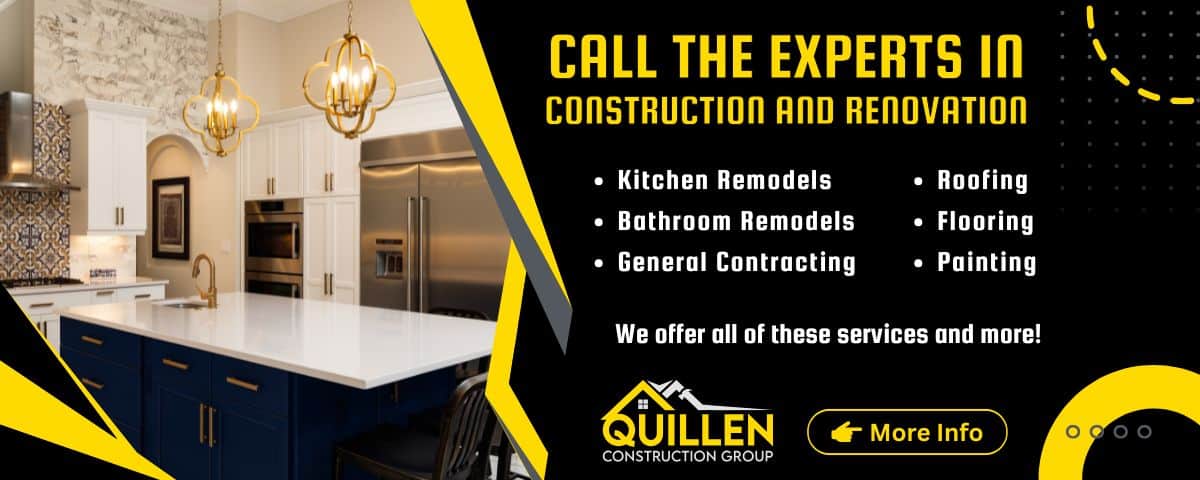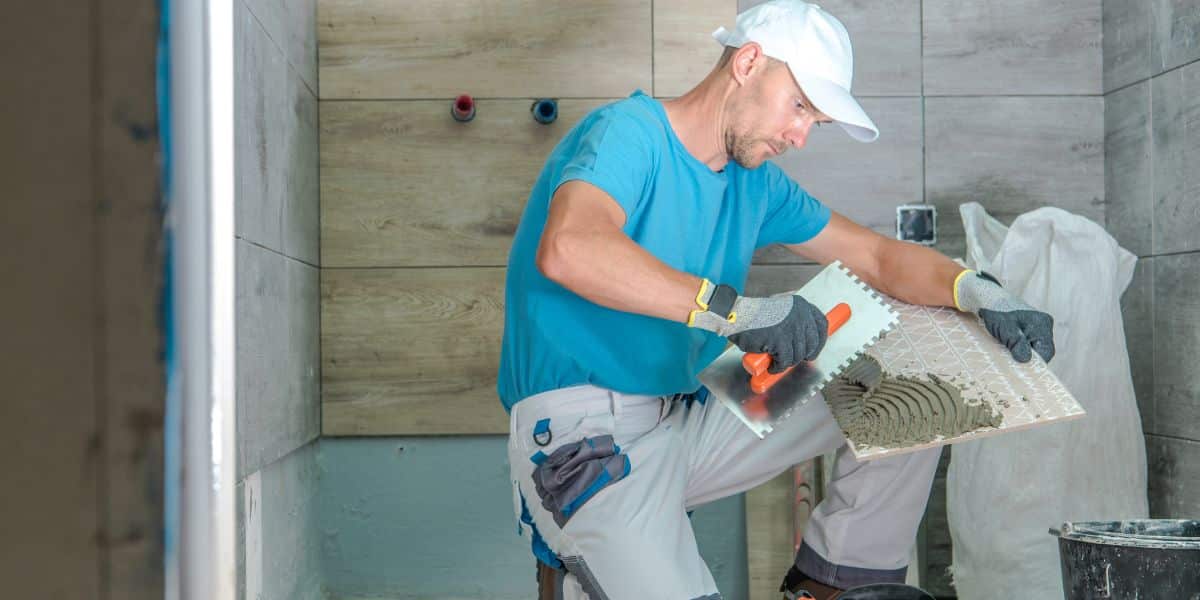Wet rooms are increasingly seen as an upscale, luxurious bathroom choice, turning ordinary bathrooms into fully waterproof spaces that merge sleek aesthetics with practical design. Originally crafted as a solution for compact bathrooms, wet rooms today are often styled to feel more like personal spas. Typically, they feature tiled floors and open showers, though many include half-walls of glass by the shower or even a separate bathtub and drain. While these spaces have many design benefits, their primary challenge lies in the need for flawless waterproofing and effective drainage. Done well, a wet room can offer both aesthetic and financial value. Here’s a closer look at the advantages and drawbacks of modern wet rooms.
PRO: Creates a Spacious Atmosphere
One of the main benefits of a wet room is its ability to make a bathroom feel more expansive. With no visible shower tray and no need for walls to contain the shower area, the flooring and wall materials can continue seamlessly throughout the room. These unbroken surfaces give the impression of a larger space, enhancing both function and design.
For those with mobility limitations, wet rooms also eliminate steps and curbs, allowing for a more accessible bathroom layout. In addition, these rooms are often easier to clean since the same cleaning products can be applied to all surfaces, simplifying maintenance.

CON: Water Can Reach Everywhere
A downside to wet rooms is that, without a closed shower area, water tends to splash across the room. This means towels, toiletries, and even toilet paper can get damp. With the whole room exposed to humidity, the potential for excess moisture, waterproofing issues, and drainage concerns increases.
However, solutions to these issues include adding extra ventilation to reduce the risk of mold and mildew and using in-wall storage to keep items dry. Anti-slip flooring improves safety, while a radiant heating system in the floor can help evaporate water more quickly, keeping surfaces drier.
Considering these factors can help determine whether a wet room is a practical addition or a luxury feature that may require a bit of extra care. With thoughtful design and installation, a wet room can become a valuable, stylish addition to any home.
PRO: Wet Rooms Offer Versatile Design Options
The primary requirement in any wet room is waterproofing, but beyond that, the design possibilities are vast. From minimalist, compact layouts to larger spaces with separate zones, wet rooms can be tailored to suit the homeowner’s vision. In some luxury bathrooms, a glass partition with a door divides the room into a wet zone, which houses the shower, sink, and sometimes a tub, and a dry zone for other amenities. Other designs may use a partial glass partition, creating a distinct space for the shower without isolating it entirely from the rest of the room. This flexibility allows homeowners to incorporate personal style, whether through sleek tiles, unique finishes, or even mosaics.
CON: Limited Material Choices for Waterproofing
Because wet rooms require full waterproofing, material options are somewhat restricted. Tile is often the top choice due to its durability and water resistance, but the design isn’t limited to plain tiling. Many people opt for mosaic patterns, stone, or even sealed concrete for added texture and aesthetic appeal. Metal finishes are also popular for their sleek look and moisture resistance. In larger wet rooms, bathtubs can be included, but they generally need to be set apart from the main shower area and have a dedicated drain to prevent flooding and splashing.
PRO: Potential to Increase Property Value
A wet room, especially when added to a main bedroom or secondary bathroom, can increase a home’s value. Remodeling experts report that a bathroom renovation can yield an approximate 60 percent return on investment. With many buyers seeing high-end wet rooms as luxurious, this feature can be a strong selling point, potentially recouping even more value if it’s installed with quality materials and an appealing design. For homes seeking a modern upgrade, a wet room could add both enjoyment and financial benefit.

CON: High Cost of Tiling and Waterproofing
One significant drawback of a wet room is the cost associated with tiling and waterproofing every surface. Unlike traditional bathrooms, where tile is often limited to the shower area, wet rooms require waterproof materials across all walls, floors, and sometimes even the ceiling to protect against water exposure. This comprehensive tiling not only shields the room from water damage but also reduces the risk of mold and mildew buildup. However, covering every surface with tile, along with the necessary waterproofing layers underneath, can be costly, especially if premium tiles or custom designs are chosen.
Final Thoughts
Overall, a wet room can be a valuable addition to a home, combining style with functionality. Its open and adaptable design appeals to many, though the high upfront costs and material limitations are important factors to weigh when considering this bathroom style.
Wet rooms come with a high degree of flexibility in terms of design, allowing for unique and custom layouts that cater to a variety of tastes and functional needs. While some wet rooms maximize small spaces with just the essentials, larger, luxury designs might incorporate a glass wall with a door to separate wet and dry areas within the bathroom. Alternatively, a partial glass divider can be used, distinguishing the shower from the toilet and sink area without fully enclosing the space. These designs offer versatility in layout and can make a statement in both small and spacious bathrooms.
